Sign up for The Bluntness Newsletter for Your Weekly Dose of Cannabis News
The Vape Health Concerns: What We Do and What We Don't Know
The recent vape public health concern has gripped both sides of the cannabis vape product industry, regulators and manufacturers, alike, in an urgent call for response. On every level, initial knee-jerking responses are happening and the lack of data in which conclusions have been drawn upon is potentially tragic. To date, initial conclusions indicated that remnants of impure or restricted extraction solvents, combustion breakdown products, and even the materials and wicks of the vape cartridges themselves may have been the cause. The reason for the attention on the filler excipients is because that is what is currently screened for and as a result, is what we have the most data on. The truth is, it may be difficult to pinpoint the true root cause of this event due to the lack of traceability of the unregulated products, but also the lack of data we have on similar products to give the investigation context and direction.
The Current Culture of the Cannabis Industry
The cannabis industry has historically tried to distinguish itself as unique from any industry or regulatory development of an industry in history; and cannabis as an industry is nothing if not very specialized. The hope is that license is not taken too far to also purport/contest that the uniqueness of the path nor the product makes it particularly special in the realm of legitimatization and maturation as an industry.
There are numerous documented benefits of cannabinoids as natural medicine, one that has been designed by nature and honed by centuries of evolution. Cannabinoids function by addressing the body’s imbalances by helping it find its own way back to homeostasis, which is very different from the “ease the symptom, please the patient mentality” of western medicine. Because of the inherently beneficial medicinal qualities of cannabis, it is easy to deny the comparison of many that cannabis is nothing like, and should not be treated or regulated like, alcohol and tobacco.
The standards for pesticides in some cases are the lowest by far as compared to any agricultural foods, alcohol, or tobacco. Even lower than most organic foods. The mandatory reporting of testing results to regulatory authorities for every batch that is sold is not even required of the pharmaceutical industry. But it is in cannabis. The commitment of the cannabis industry to the therapeutic benefits and purity of the plant is something that is inspiring a collective movement in an otherwise divisive and individualistic culture.
However, full state and federal decriminalization and simultaneous industry legitimatization drivers that finally gained traction were the tax revenue projections of adult-use cannabis, not the existing revenues from the well-established medical-cannabis state.
Given the state of the nation and the desired public concern for reducing frivolous spending on the legislation and enforcement of inefficient regulations and the hampering of small businesses, cannabis and agriculture had strong motivations for not wishing to cross jurisdictions.
The same cultural tendencies that view itself as an industry as “special” when comparisons are brought up to parallel industries can sometimes tie up any other premise or good practice adopted from a relevant or parallel industry. There are valid reasons to feel that these comparisons are either unwarranted or unwanted, however, the argument to be viewed separately can sometimes bleed into the lessons and good practices we could be learning from those industries.
The Industry Responds to the Vape Concerns
The call for GMP (Good Manufacturing Practices), ISO (International Organization for Standardization), and industry-specific quality standards have been identified as insufficient or missing by technical experts in industry, from presentation podiums to journal articles alike, for several years now. In this event, “official” responses have concentrated on stringent testing requirements and the prohibitively low actions limits within the regulated market; this is an extremely important and admirable piece of the path of cannabis moving forward medicinally and therapeutically.
Unfortunately, because of the Federal listing of cannabis as a Schedule I banned substance and the extreme regulatory hurdles that need to be overcome before we are able to have meaningful research and validated datasets to draw upon to make meaningful conclusions. Original regulations were created in a rushed, data-less vacuum as the industry is newly regulated and there is no additional data available in this scenario for the regulatory bodies to respond with more measured and better data-based decisions. It is for this reason that the cannabis industry must step up the commitment to product safety internally – the licensees are the only ones that have the ability to collect the data that is needed to ensure the safety of its products.
The Cannabis Industry Response: What Can Be Learned from Parallel Industries
Industry response of “captured risks” such as assurances of not using the suspected ingredients should not be deemed the only response necessary. If the cannabis industry does not implement the practices necessary to evaluate product safety holistically in order to ensure safety on all levels as part of their response, they are doing their customers a disservice.
The current type of “response” utilized by the cannabis industry, based upon the assumption that the industry is “unique,” has created a vacuum where the lessons learned by parallel industries struggling with similar risks, errors, and concerns are not being utilized as they should be by both regulators and licensees alike.
This is an opportunity to benefit from similar industries that have experienced public health concerns and what was learned from their ISO and cGMP quality management response systems, the root causes identified and the corrective actions implemented, the metrics and traceability that helped identify the sources for the investigation, and most important, the processes by which the industry ensured the same mistakes would not recur.
On one hand, the drive for completely untainted product in every batch has set a bar that no other industry was willing to set. The other hand holds the realization that achieving the lofty goals of quality that cannabis aspires involves committing to Quality Management Systems compliant to recognized standards such as ISO/IEC 9001 and Good Manufacturing Practices.
.
For both the regulatory authorities and the industry, the measured and responsible response to any future events is only possible if the industry closes this loop and capture the data from the entire process, from materials to breakdown products in order to achieve the transparency and accountability that is truly needed to legitimize itself with data when future events occur.
For example, recalls across industries generally occur through a few common mechanisms across industries:
1. The manufacturer’s testing and monitoring of each batch of product shows the product does not meet specifications and the company evaluates the risk of that non-conforming product and initiates a recall.
2. Customer complaints, reports, or inquiries trigger the company procedures regarding investigating client complaints and the investigation of the complaint reveals a root cause that demonstrates significant product risk.
3. In this case, a company recall is included as part of the manufacturer’s response to the customer(s).
Public health events occur and regulatory agencies are brought in to investigate the possible causes of these events.
All of these situations require robust traceability systems which link each product batch to all of the data necessary to identify possible contributing factors. Source ingredients, equipment validations, and product testing throughout the lifecycle are all available to facilitate proper root cause analysis.
Ideally, the first two scenarios occur within a manufacturer’s sound quality management systems (QMS) with detailed procedures that not only drive responding to the risk captured by these systems, but also the activities that ensure that the root cause of the risk is identified and mitigated.
The Future and Success of the Cannabis Industry: Capturing Risk
It is of paramount importance that the cannabis industry takes this opportunity to benefit from all available relevant experience from and to incorporate best practices and regulatory requirements from a multitude of jurisdictional agencies and a diversity of manufacturing, distribution, and retail industries. Collaboration of experts from an array of applicable backgrounds will ultimately provide cannabis the “unique” guidance and regulations that is necessary, which ultimately benefits the consumer and mitigates risk of the manufacturer.
Likewise, the federal government bodies can greatly benefit from the great work already being done by established labs and leaders in the cannabis industry. There is a long road ahead as these items are adopted and put into place, but as we do this it is critical in the future we must be able to monitor and prevent these concerns or health risks by collecting reliable, trusted data from independent oversight primacy laboratories and oversight agencies.


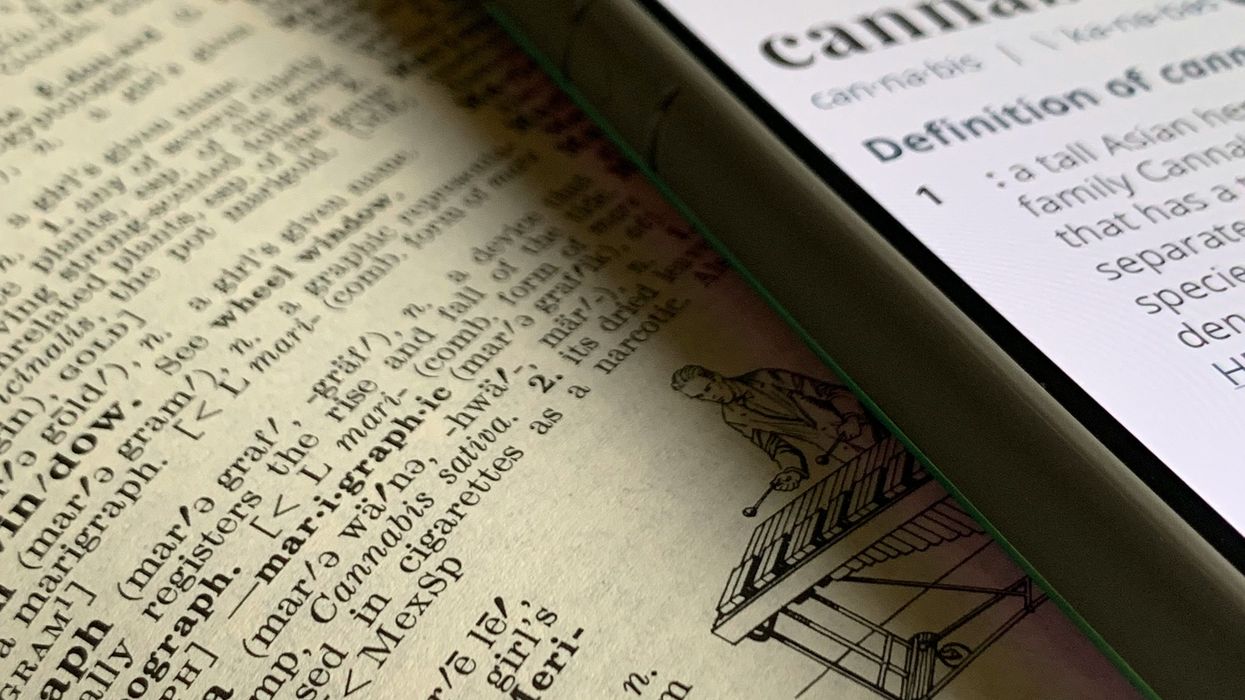

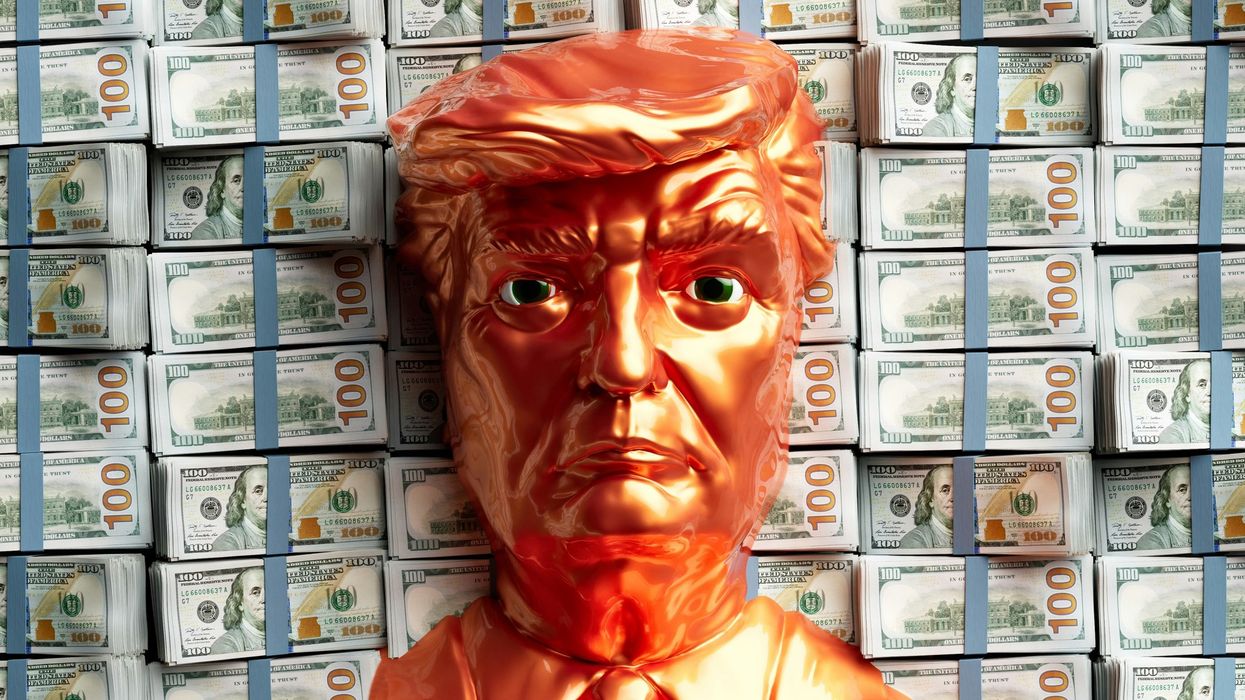
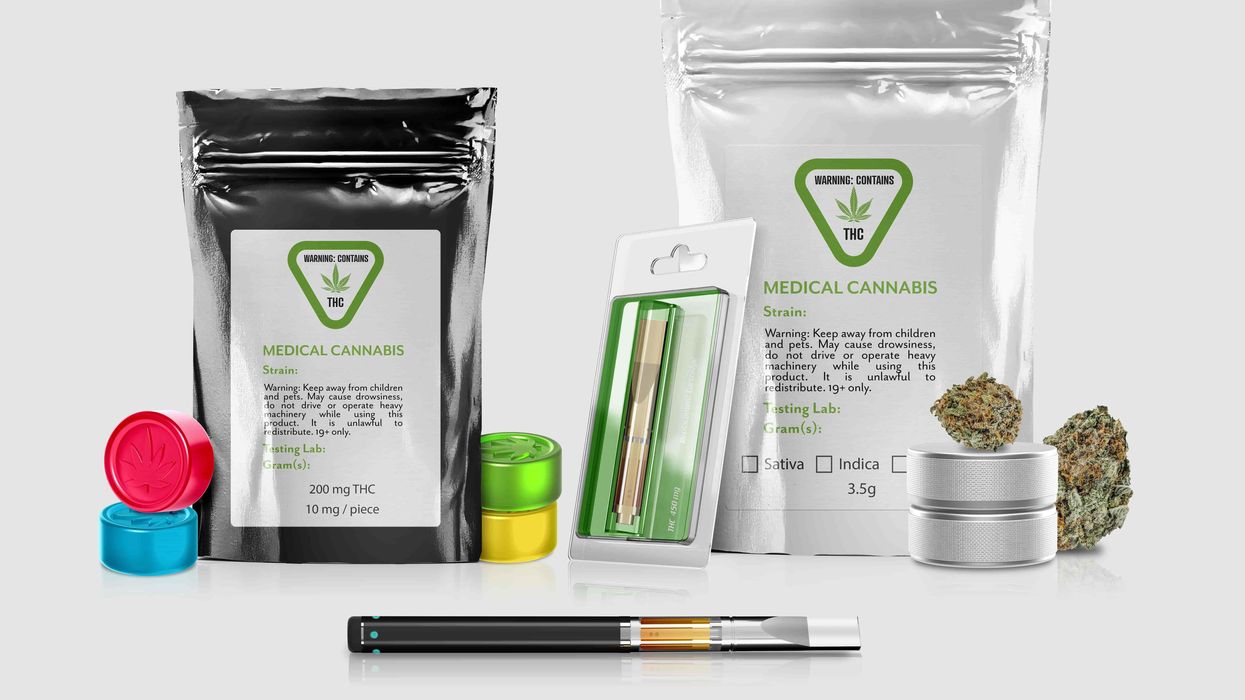








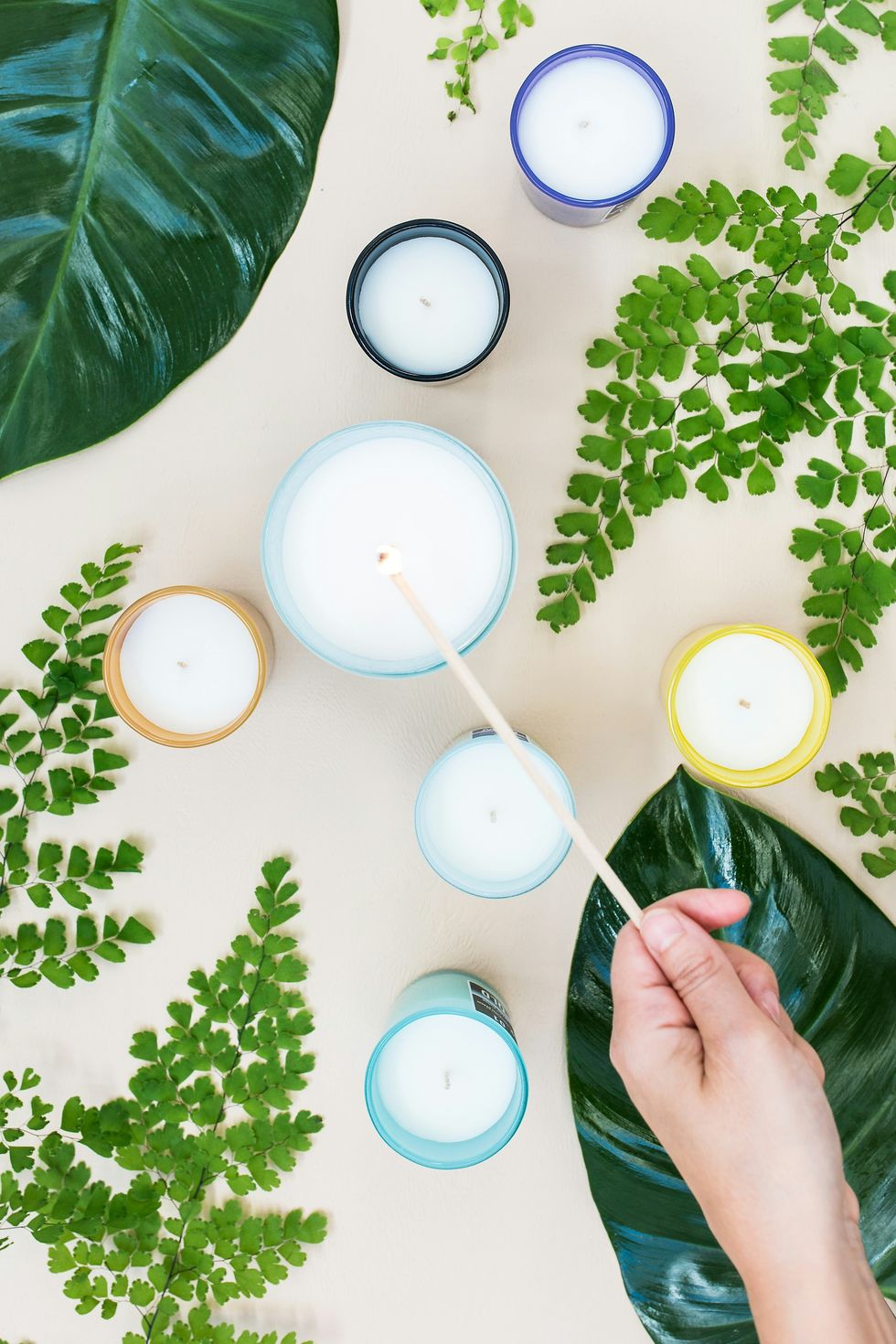 The Truth About THC Candle: Cannabis Candles & How to Make Your Own - The Bluntness
Photo by
The Truth About THC Candle: Cannabis Candles & How to Make Your Own - The Bluntness
Photo by 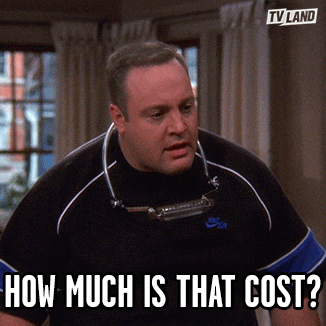
 When it comes to pricing, cultivation methods matter - The Bluntness
Photo by
When it comes to pricing, cultivation methods matter - The Bluntness
Photo by 
 Can Drug Dogs Smell Edibles? - The Bluntness
Photo by
Can Drug Dogs Smell Edibles? - The Bluntness
Photo by 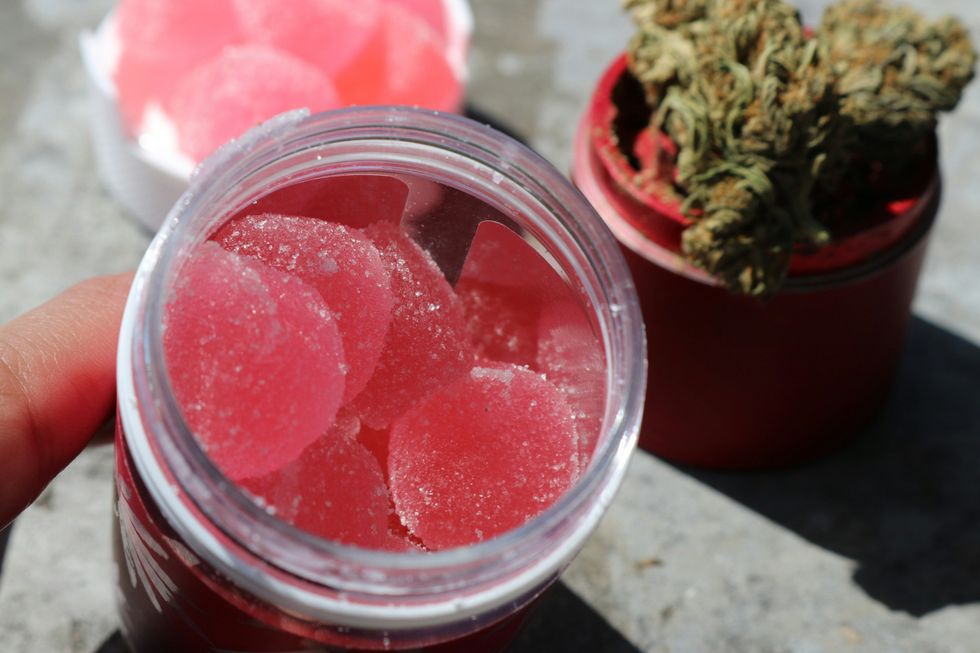 Can Drug Dogs Smell Edibles? - The Bluntness
Photo by
Can Drug Dogs Smell Edibles? - The Bluntness
Photo by 
 Ayrloom Orchard Sunrise Cannabis Infused Gummies
Ayrloom Orchard Sunrise Cannabis Infused Gummies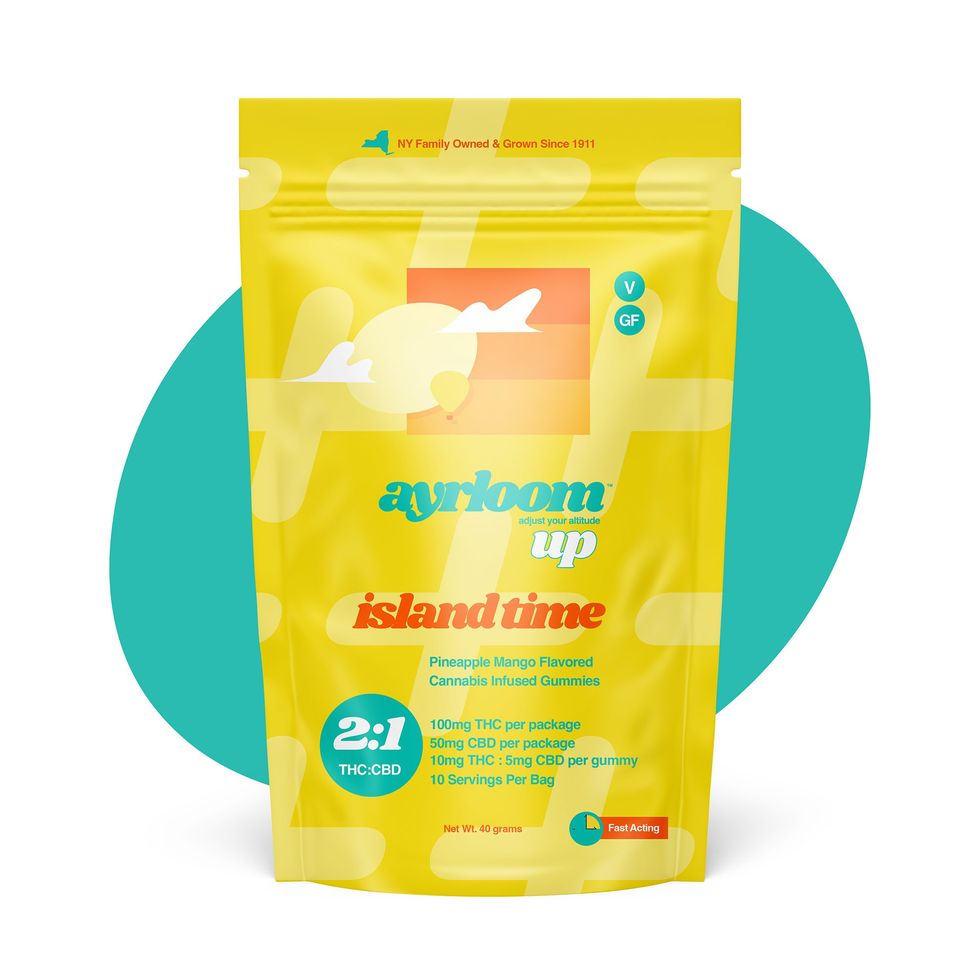 Ayrloom Island Time THC Gummies - Pineapple Mango Flavor
Ayrloom Island Time THC Gummies - Pineapple Mango Flavor Ayrloom Pillow Talk - Sleep Gummies
Ayrloom Pillow Talk - Sleep Gummies